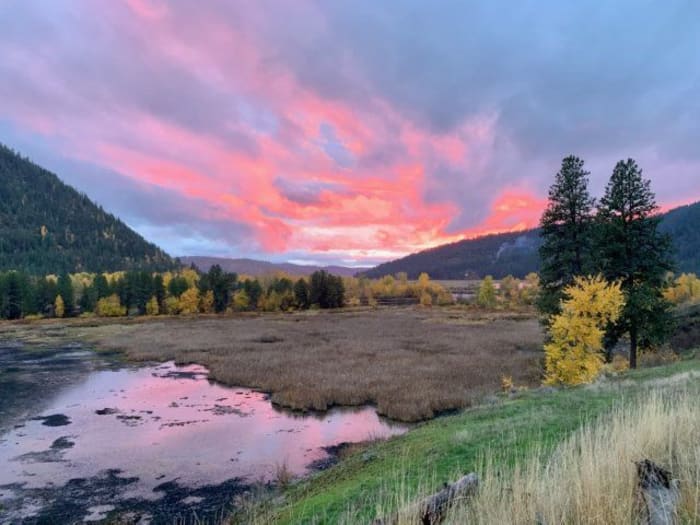
- An Idaho couple wins 9-0 decision, allowing construction near a regulated lake.
- A 5-4 decision redefines EPA's jurisdiction over wetlands and water bodies.
In a groundbreaking decision on Thursday, the U.S. Supreme Court dealt a major blow to the Environmental Protection Agency's (EPA) power to regulate wetlands and water bodies nationwide. This marks the second time in a year that the court has limited the EPA's ability to tackle pollution and climate change challenges through regulations.
President Joe Biden's ambitious plans to reinstate protections for vast expanses of wetlands have suffered a significant setback. This ruling not only hands a victory to influential industries but also undermines the administration's environmental goals.
The Clean Water Act, a federal law enacted in 1972, is designed to safeguard and restore the quality of the nation's water resources. Over the years, it has played a vital role in reducing pollution, preserving aquatic ecosystems, and protecting public health.
Under the Clean Water Act, the EPA sets water quality standards and issues permits for point source discharges, including those from industrial facilities, wastewater treatment plants, and stormwater systems. States are also empowered to enforce the law through their own programs, as long as they meet or surpass federal standards.
However, the recent Supreme Court ruling comes as a blessing to industries such as homebuilding, oil, and gas, which have long sought to limit the scope of the Clean Water Act. These sectors are required to obtain permits under the Act when impacting federally protected wetlands.
The May 25 decision by the Supreme Court narrowed the definition of wetlands eligible for federal protection. Only wetlands directly and continuously connected to larger bodies of water, such as streams, lakes, and rivers, will now receive such protection. This ruling deals another blow to the federal government's authority in environmental protection, following last year's decision that limited the EPA's regulatory power to control greenhouse gas emissions from power plants.
How Did This Case Start?
The legal battle that paved the way for this ruling began when Michael and Chantell Sackett purchased land near Idaho's picturesque Priest Lake. They intended to build their dream house approximately 500 feet from the lake, renowned for its pristine waters and surrounded by state and national parkland. However, the EPA intervened, ordering the Sacketts to halt construction due to their failure to obtain a permit for disturbing the wetlands on their property.
This case provided an opportunity for the Supreme Court's conservative majority to roll back longstanding regulations associated with the enforcement of the Clean Water Act, a law that has shaped environmental protection for over 50 years.
The Decision
- In a unanimous 9-0 decision, the Supreme Court ruled in favor of a couple, allowing them to proceed with construction without obtaining an EPA permit, highlighting property owners' rights.
- In a narrow 5-4 decision, the Supreme Court limited the EPA's regulatory power, narrowing the definition of wetlands eligible for federal protection, and sparking debates over environmental impacts and the balance between governmental authority and property rights.
While all nine justices agreed that the Sacketts deserved a favorable outcome, they were divided in a 5-to-4 decision regarding the extent of the EPA's authority. Justice Samuel Alito, representing the majority, argued that the EPA's regulation under the Clean Water Act does not extend to numerous wetlands previously covered. According to Alito, the Act should only apply to wetlands with a direct and uninterrupted connection to streams, rivers, oceans, and lakes. In response, Justice Kavanaugh expressed concerns about the decision's impact on water quality and flood control nationwide.
Reactions
The reaction to the ruling has been intense. President Biden labeled it as "disappointing." Former EPA chiefs echoed his sentiment, emphasizing the decision's significant setback for the environment and the nation's ability to address climate change impacts. While acknowledging the economic concerns raised by farmers and builders, William K. Reilly, a former EPA administrator, argued that the court's decision is overly expansive and further threatens the dwindling wetlands that play a vital role in protecting various regions from floods and droughts.
On the other hand, conservatives, property rights activists, and industry organizations celebrated the Supreme Court's ruling, asserting that it curbs extensive governmental control over land use. They believe the decision provides a necessary check on the government's authority in this regard. Farmers, home-builders, and developers are likely to face fewer obstacles in obtaining permits for construction projects moving forward.